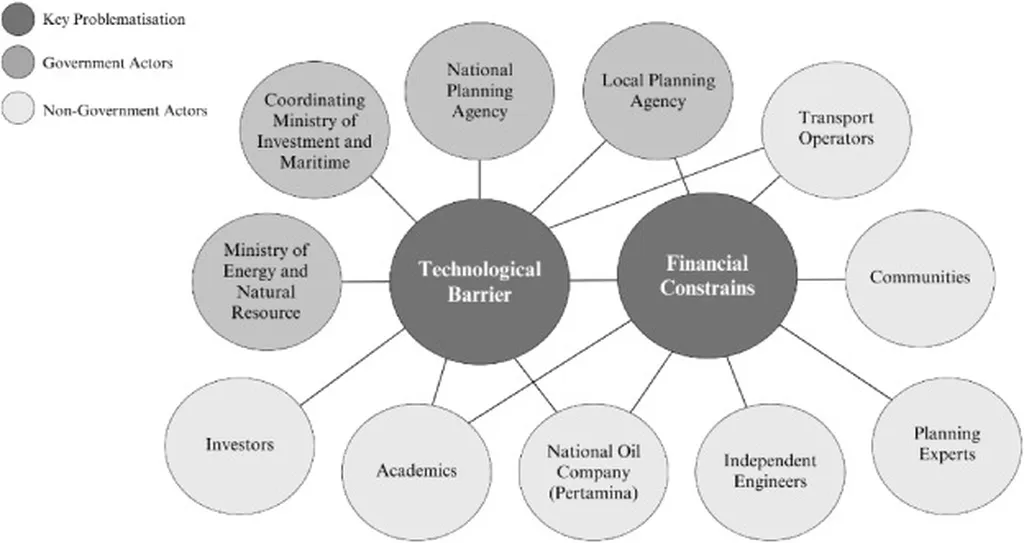In the heart of West Papua, Indonesia, a groundbreaking study is setting new standards for safety and efficiency in the burgeoning field of Carbon Capture, Utilization, and Storage (CCUS). Devi Sentiani, a researcher from the Department of Metallurgical and Materials Engineering at Universitas Indonesia, has published a comprehensive leak testing strategy for CO₂ piping systems in the Bintuni Basin. This work, featured in the English-language journal “Journal of Materials Research and Discoveries,” is poised to influence the future of CCUS projects worldwide.
The study focuses on ensuring the integrity of CO₂ piping systems, a critical component in CCUS facilities. Sentiani’s research is particularly relevant as industries increasingly turn to CCUS technologies to meet global emissions reduction targets. “This study aims to ensure the system is properly prepared before commissioning by designing a leak test plan that is both practical and technical,” Sentiani explains. The research is based on established standards such as ASME B31.3, ASME PCC-2, and API STD 520 Part 1, ensuring its applicability and reliability.
The leak testing strategy involves several key steps, including identifying system boundaries, selecting the test medium, determining the test pressure, sizing the pressure relief valves, calculating the exclusion zone, and conducting a qualitative risk assessment. One of the standout findings is the recommendation to perform a tightness test using nitrogen gas at 90% of the pipe’s design pressure, especially for newly installed sections connected to existing LNG facilities. This approach not only enhances safety but also optimizes the commissioning process.
The commercial implications of this research are significant. As the energy sector increasingly invests in CCUS technologies, ensuring the safety and efficiency of CO₂ piping systems becomes paramount. Sentiani’s work provides a clear and applicable reference for field implementation, potentially reducing downtime and maintenance costs. “Based on technical analysis, this study provides a clear and applicable reference for field implementation of leak testing in CCUS projects,” Sentiani notes.
The study also highlights the importance of qualitative risk assessment in the planning phase. By identifying potential risks early on, project managers can implement mitigation strategies that enhance overall safety and operational efficiency. This proactive approach is crucial in the energy sector, where the stakes are high, and the margin for error is low.
Sentiani’s research is a testament to the growing importance of CCUS technologies in the global effort to reduce CO₂ emissions. As industries strive to meet increasingly stringent environmental regulations, innovative solutions like those presented in this study will be instrumental in shaping the future of the energy sector. The findings not only provide a technical roadmap for leak testing but also underscore the need for continuous innovation and adaptation in the face of evolving challenges.
In the broader context, Sentiani’s work contributes to the ongoing dialogue about the role of technology in addressing climate change. By providing a robust framework for leak testing in CCUS projects, the study offers a practical solution that can be implemented in various settings. This research is a step forward in ensuring that CCUS technologies are not only effective but also safe and reliable.
As the energy sector continues to evolve, the insights gained from this study will be invaluable. The commercial impacts are far-reaching, with potential applications in various industries that rely on CO₂ piping systems. Sentiani’s work serves as a reminder that innovation and technical excellence are key to achieving sustainable development goals. In the words of Sentiani, “This study provides a clear and applicable reference for field implementation of leak testing in CCUS projects,” a statement that encapsulates the essence of this groundbreaking research.

